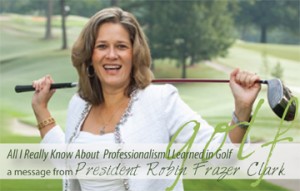
When will the senseless deaths of innocent Georgians due to police chases stop? I found myself asking this question once again this morning when I heard the news of exactly that, i.e., another innocent Georgian killed last night due to a police chase of another driver. This time is was a completely innocent 19 year old young man out at 7:51 p.m., not late by anyone’s standards. It is just unbelievable.
The tragedy last night occurred at the intersection of Moreland Avenue and Euclid Avenue in Little Five Points, a neighborhood that is densely populated with bars, stores and apartments, that has a high amount of pedestrians walking on the sidewalks and that has very narrow streets that are usually bumper-to-bumper. I live very near this intersection and am very familiar with it. The last thing I could possibly imagine is for a police officer to choose to engage in a high-speed chase into this neighborhood. It was totally reckless. And the chase apparently began on I-20 and continued until the collision at this intersection, which is about 3 miles from I-20. This officer drove 3 miles into this heavily congested city neighborhood at high speeds chasing another vehicle for “speeding and erratic lane changes” and this decision by the police officer resulted in the death of a completely innocent teenager. Help it make sense!
The driver of the vehicle being chased by police is now facing several charges, including murder, first-degree vehicular homicide, reckless driving, possession of a schedule 1 narcotic, felony fleeing among other things. But what charges is the police officer facing? The person who made that horrible, deadly decision to chase her at high speeds through a densely populated City of Atlanta neighborhood ? Any?
 Atlanta Injury Lawyer Blog
Atlanta Injury Lawyer Blog


























